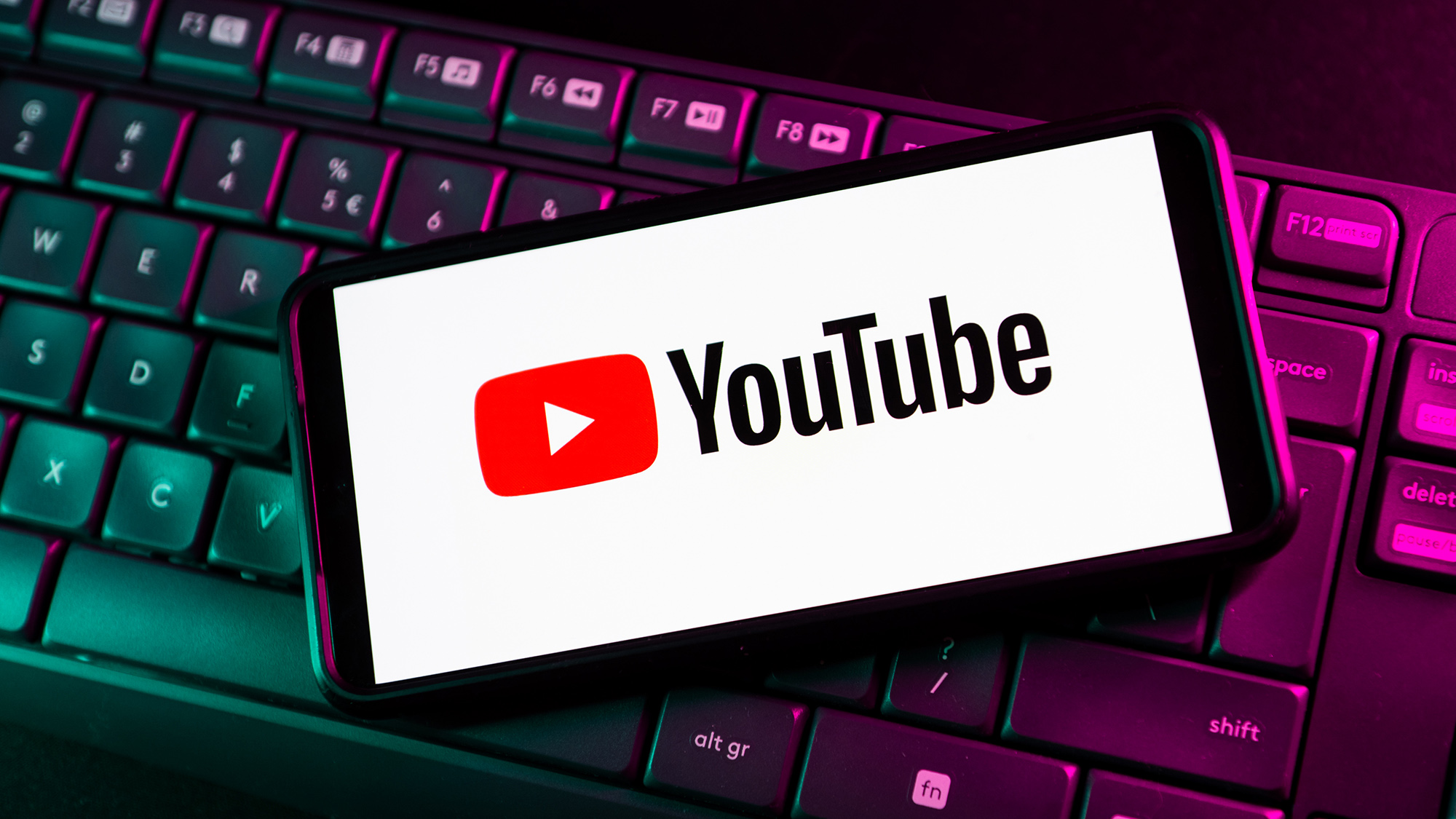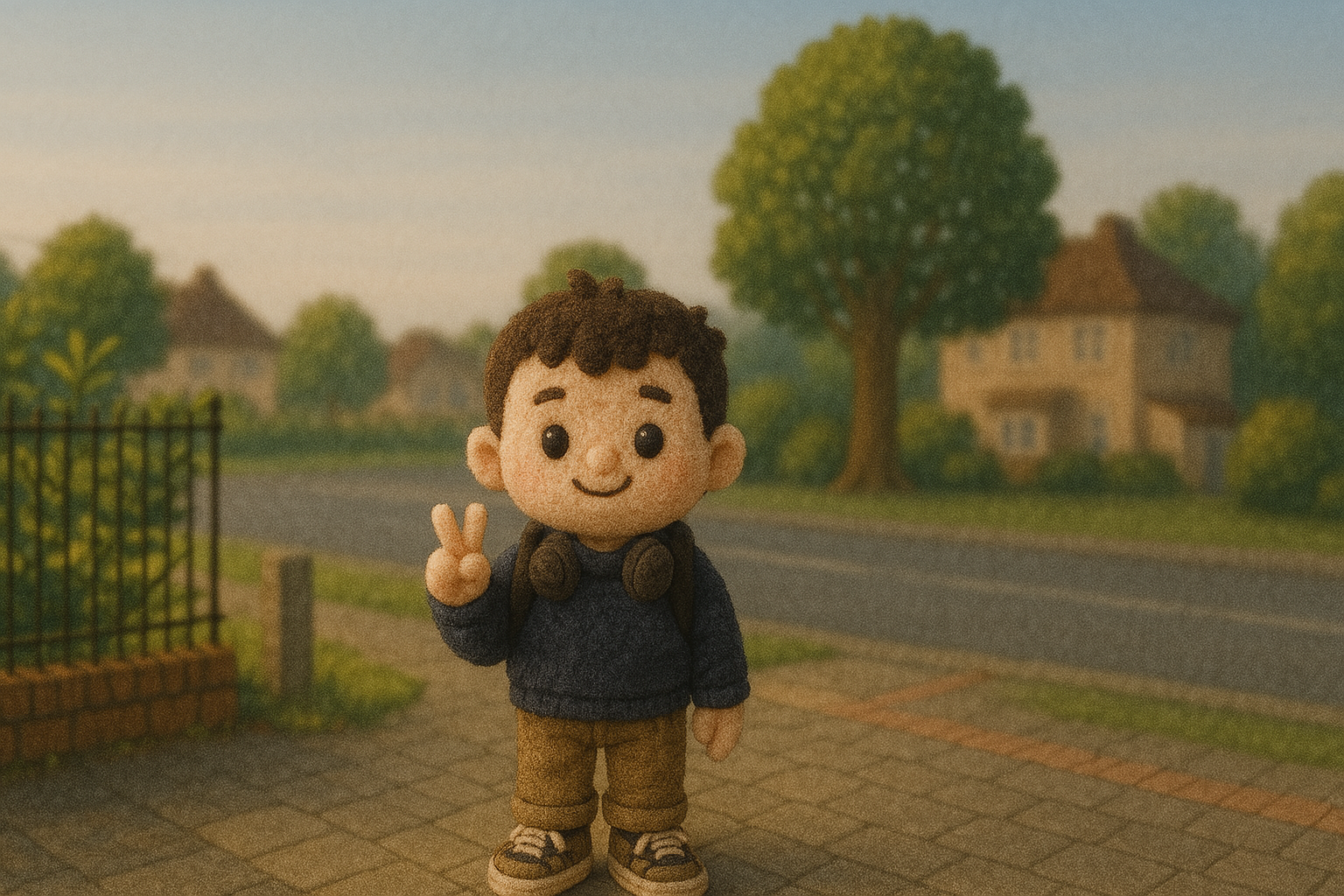YouTube is getting a powerful AI dubbing tool — here’s how it works
YouTube is turning to AI for your dubbing needs

YouTube is testing a new tool to automatically translate your videos into other languages using AI. The company announced this week it’s teamed up with AI-dubbing service Aloud to make it easier than ever for creators to reach a wider international audience.
The tool's currently being tested with hundreds of creators, YouTube’s VP of Creator Products, Amjad Hanif, told the crowd at VidCon on Thursday. As of now, it's available in English, Spanish and Portuguese, with plans to offer additional languages in the future. Soon YouTube will roll out the tool to all creators, Hanif said, though an exact timeline remains unclear. You can add your name to the waitlist in the meantime.
Looking ahead, YouTube is “working to make translated audio tracks sound like the creator’s voice, with more expression and lip sync," Hanif added. Those features are planned to debut sometime in 2024, YouTube spokesperson Jessica Gibby told the Verge.
It's the latest update in YouTube's push to expand its content's accessibility for audiences all over the world. Earlier this year, YouTube started testing multi-language audio tracks, which lets creators dub their new and existing videos. Apparently, it's been a huge success: The company told TechCrunch that, as of this month, creators have dubbed more than 10,000 videos in over 70 languages on the platform.
How Aloud's AI-powered dubbing tool works
Here’s how the process works, according to Aloud’s website. First, the tool starts by automatically generating a transcription of a video, which the creator can review and edit as needed. Once that's good to go, the program translates and produces a dub for the video that can be uploaded to YouTube. The whole process from start to finish takes just a few minutes, Aloud says.
Google first introduced Aloud, which is part of its in-house Area 120 incubator, in 2022. Before that, YouTubers' only options for dubbing their videos were through third-party services. While the language options for its AI-powered dubbing tool are limited at the moment, Google says it's planning on adding support for Hindi, Bahasa Indonesian, and other languages soon.
It's no surprise that YouTube would begin integrating more AI-powered features, as Google has been hard at work upgrading its other services with AI capabilities. The company is testing adding AI-powered snapshots to Google Search results as well as the ability to ask follow-up questions. Google Bard, Google's experimental chatbot and answer to ChatGPT, has also been generating plenty of buzz. If you want to test it for yourself, check out our guide on how to use Google Bard.
Sign up to get the BEST of Tom's Guide direct to your inbox.
Get instant access to breaking news, the hottest reviews, great deals and helpful tips.
More from Tom's Guide

Alyse Stanley is a news editor at Tom’s Guide, overseeing weekend coverage and writing about the latest in tech, gaming, and entertainment. Before Tom’s Guide, Alyse worked as an editor for the Washington Post’s sunsetted video game section, Launcher. She previously led Gizmodo’s weekend news desk and has written game reviews and features for outlets like Polygon, Unwinnable, and Rock, Paper, Shotgun. She’s a big fan of horror movies, cartoons, and roller skating.
